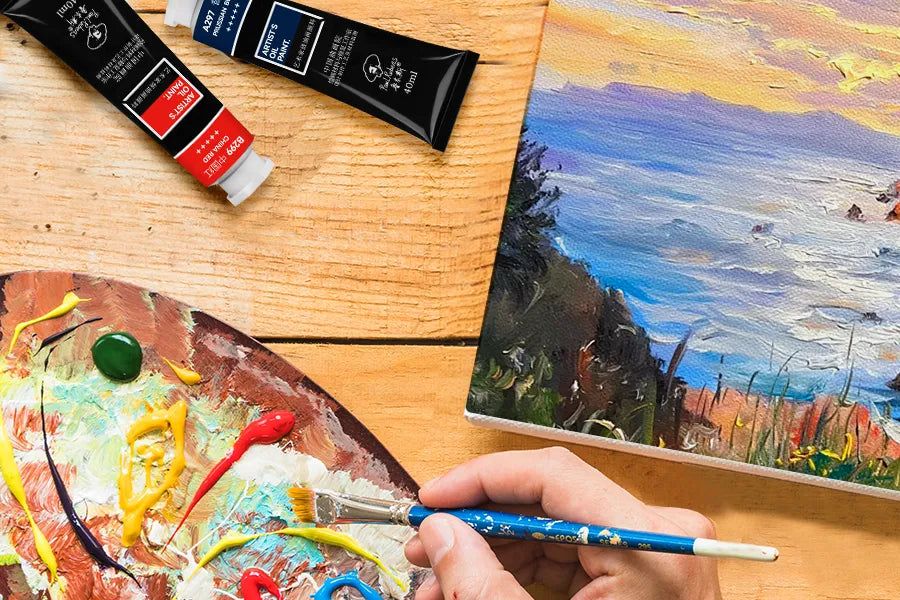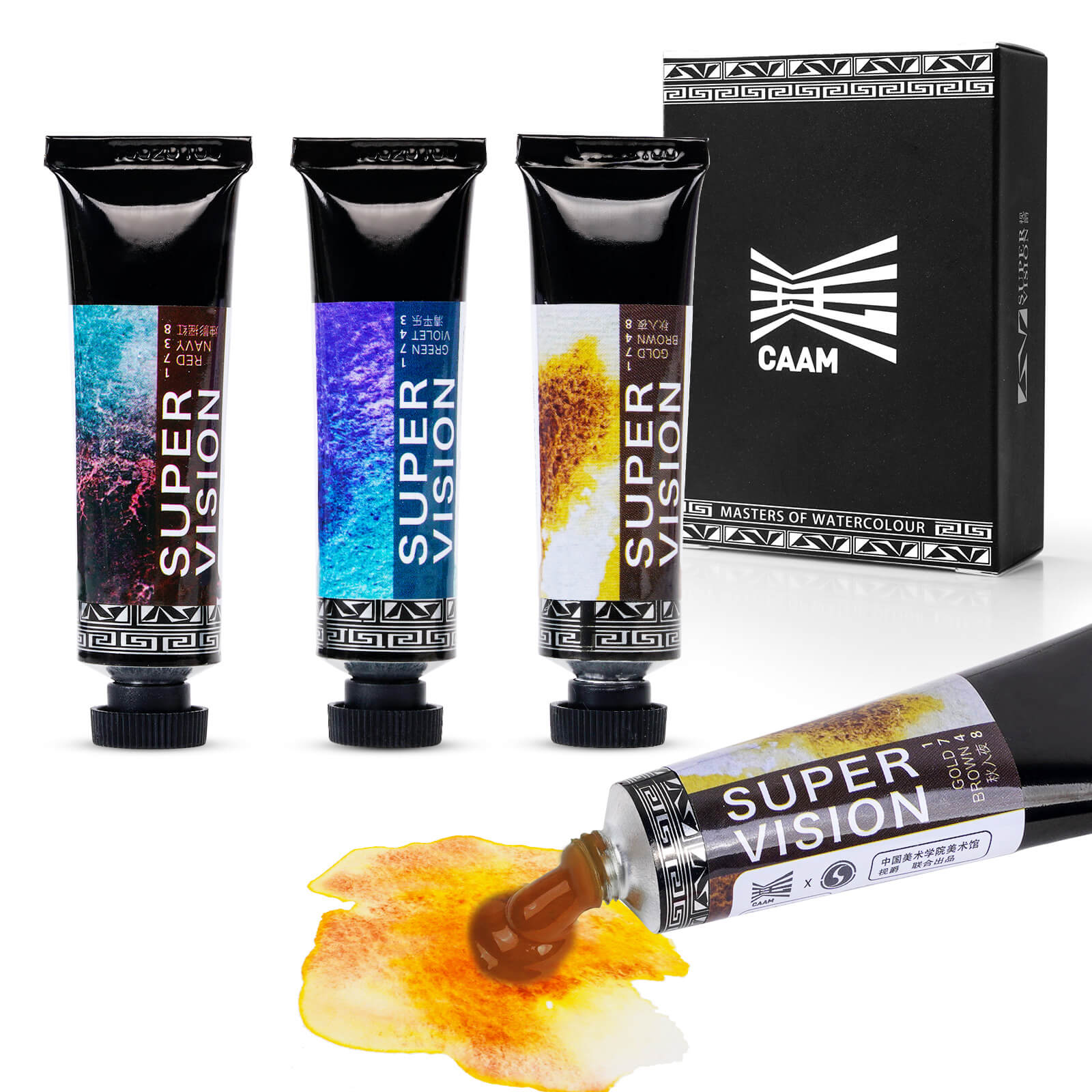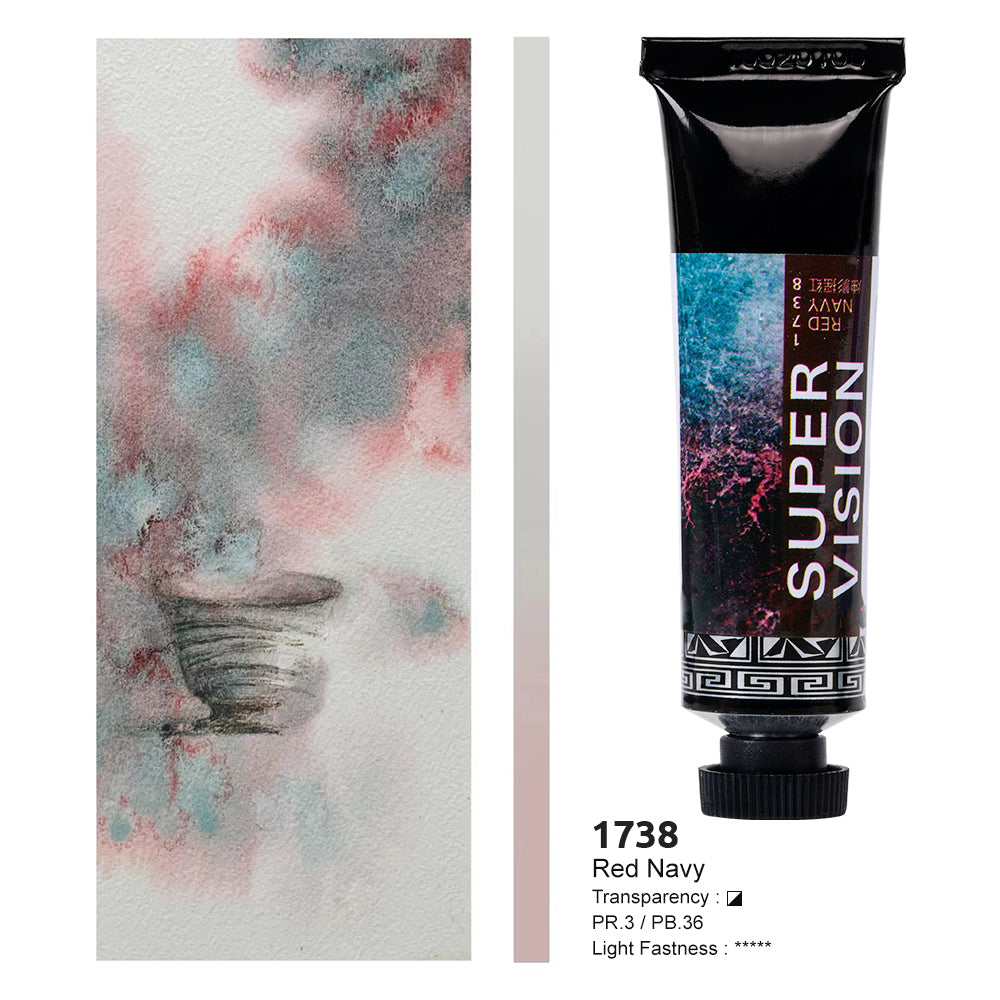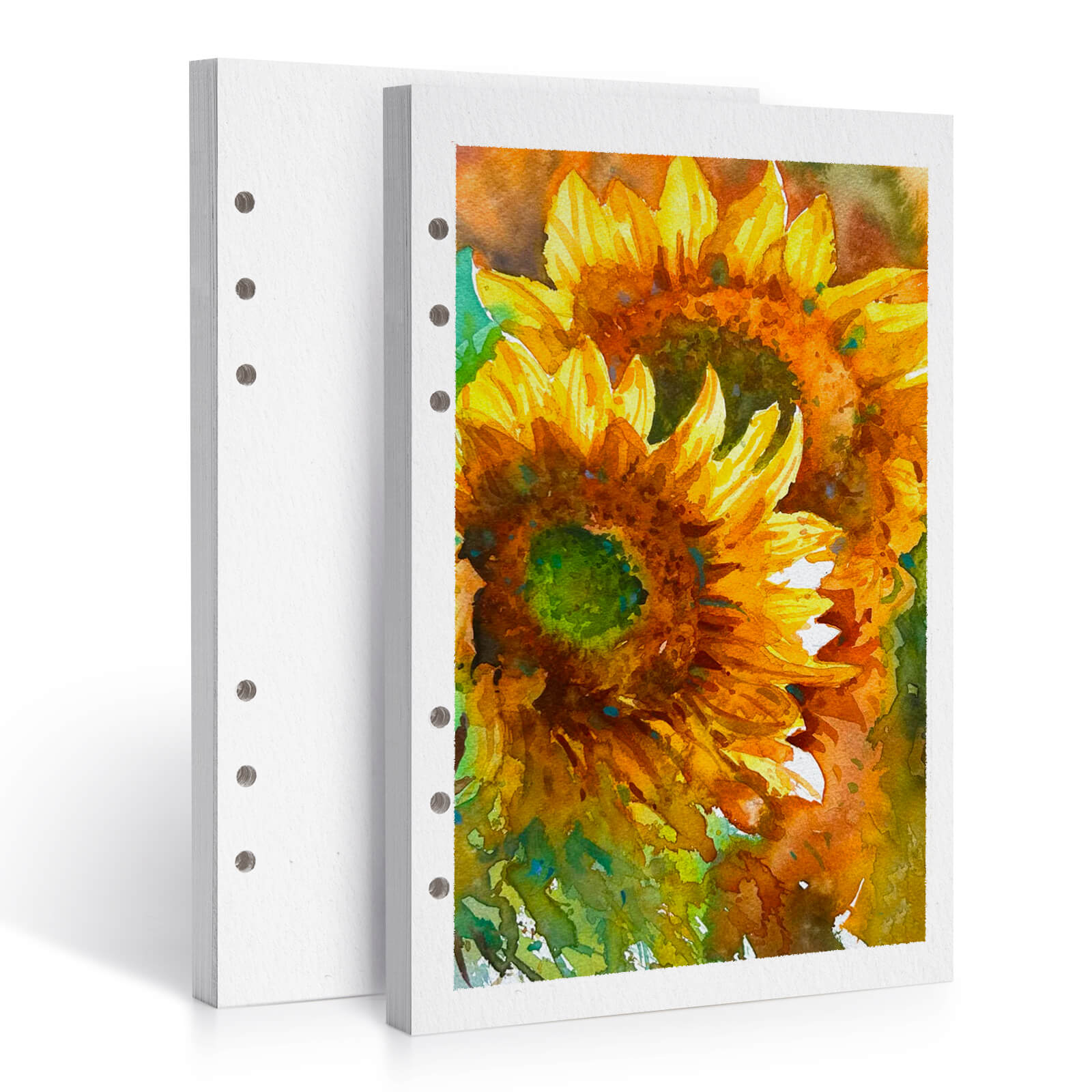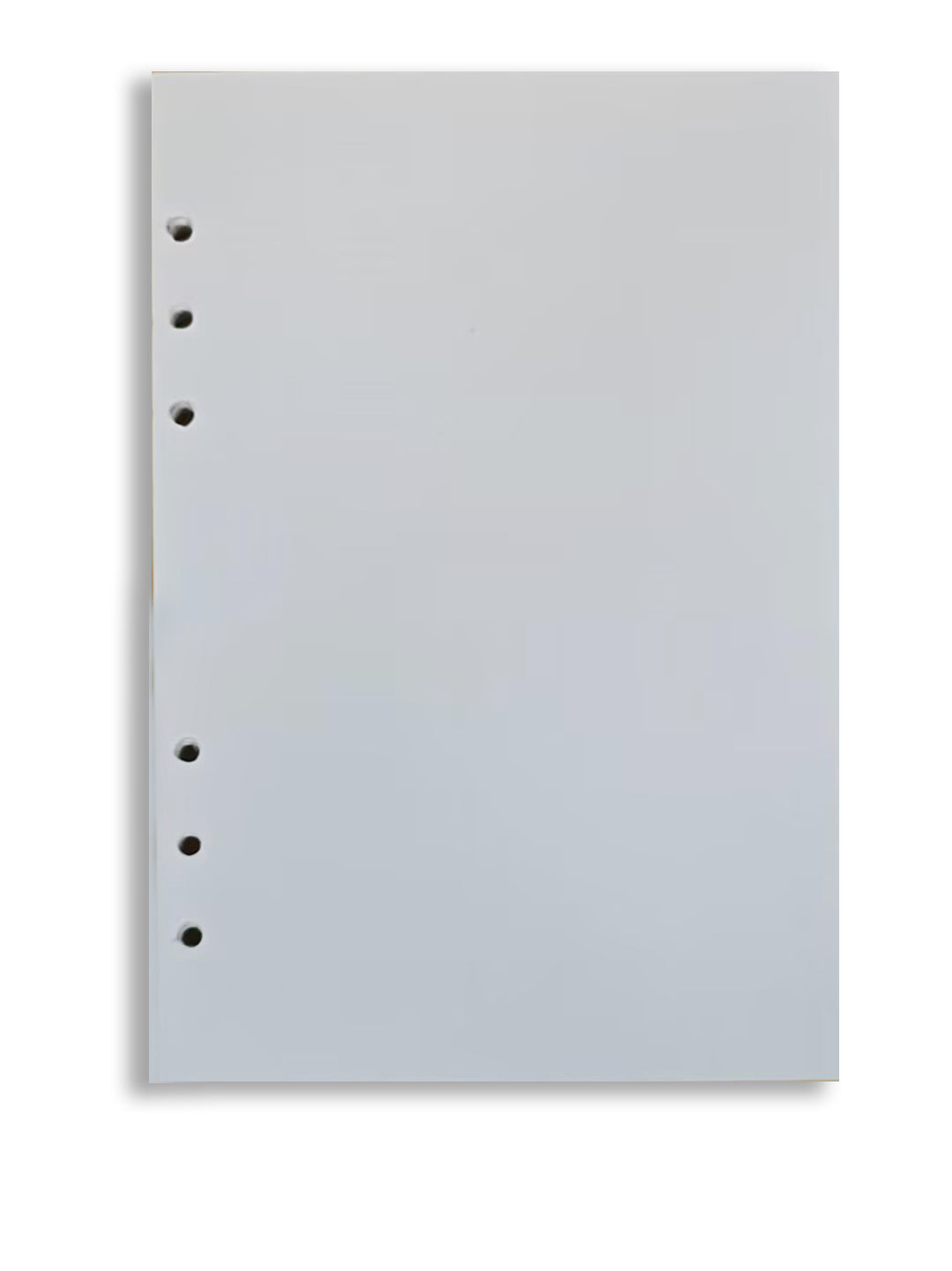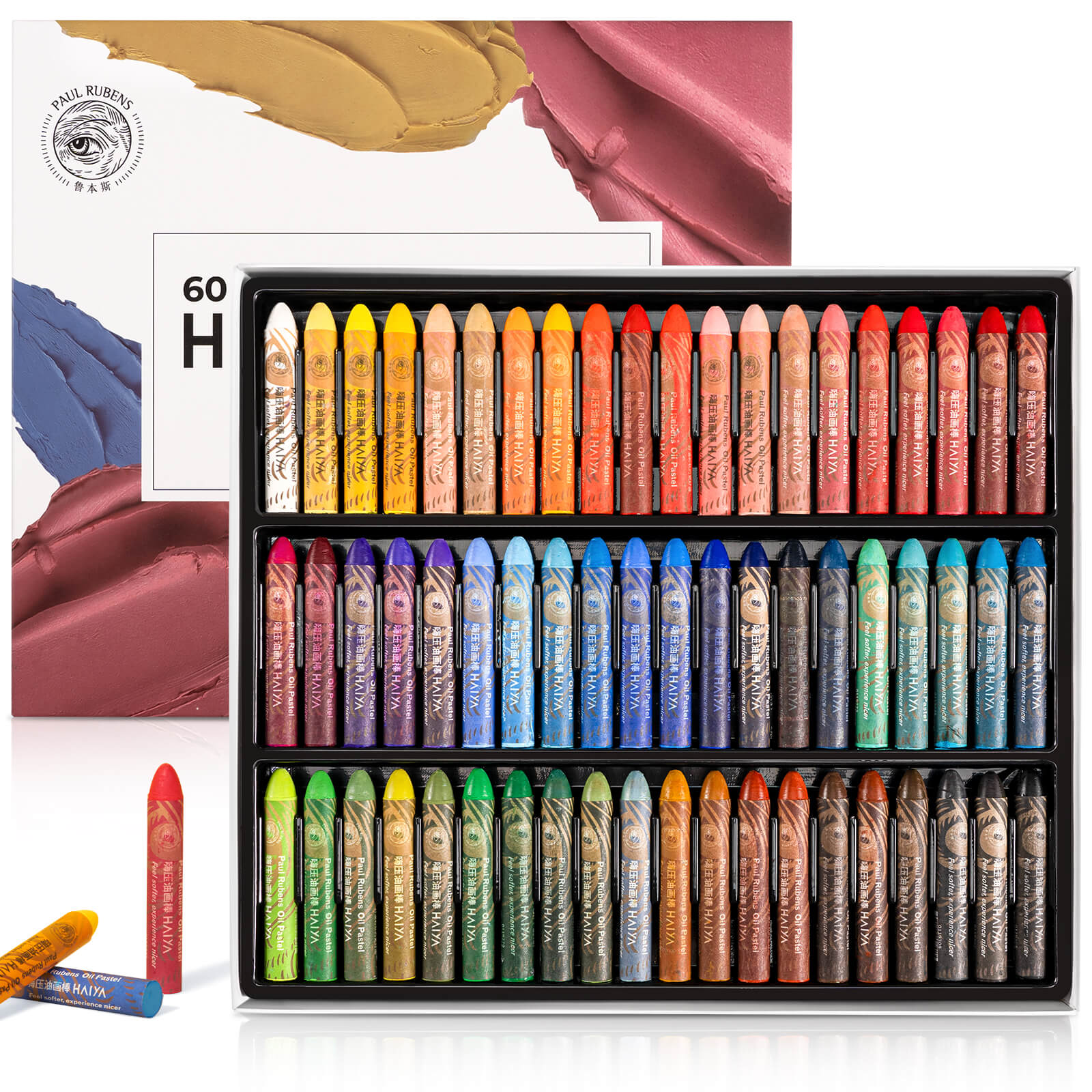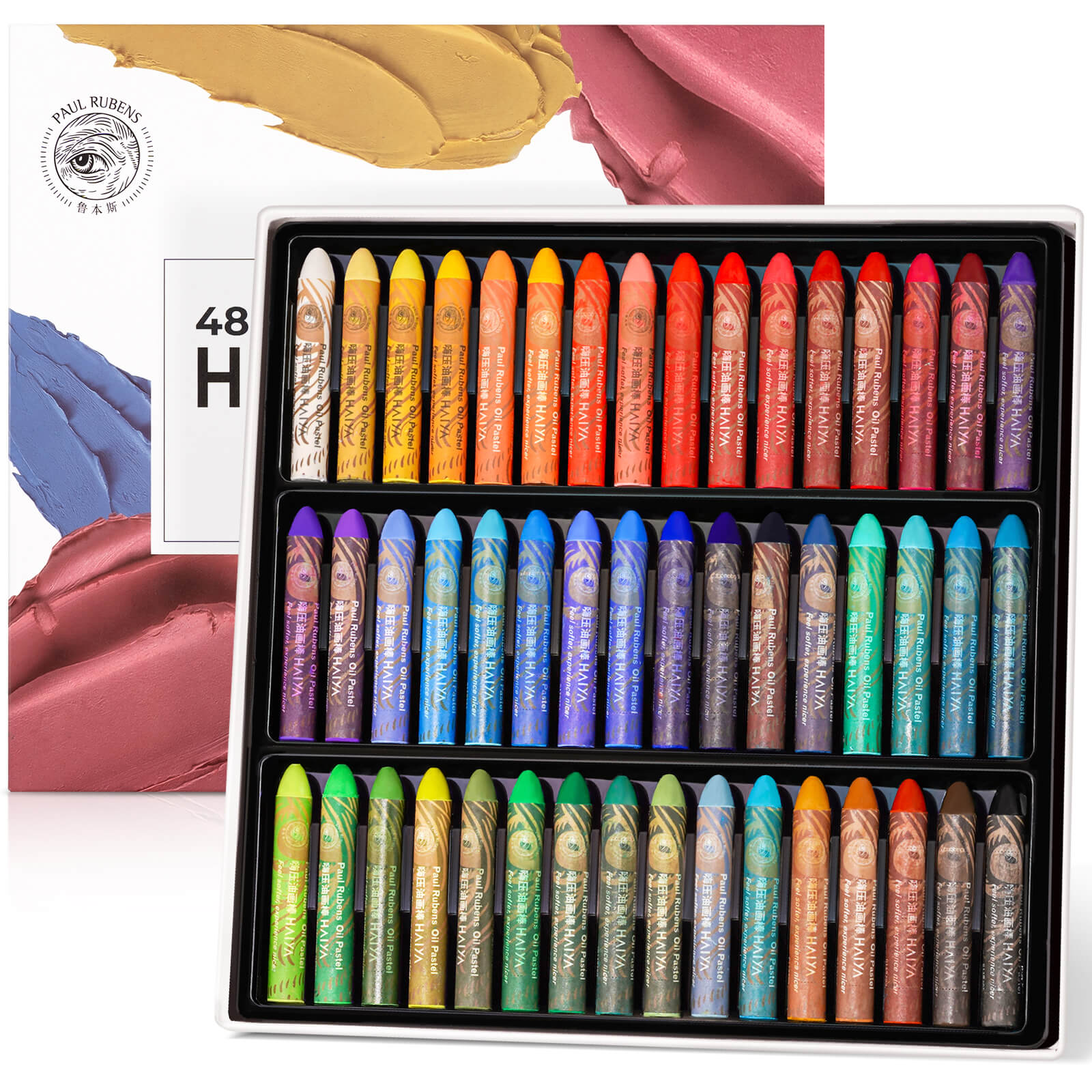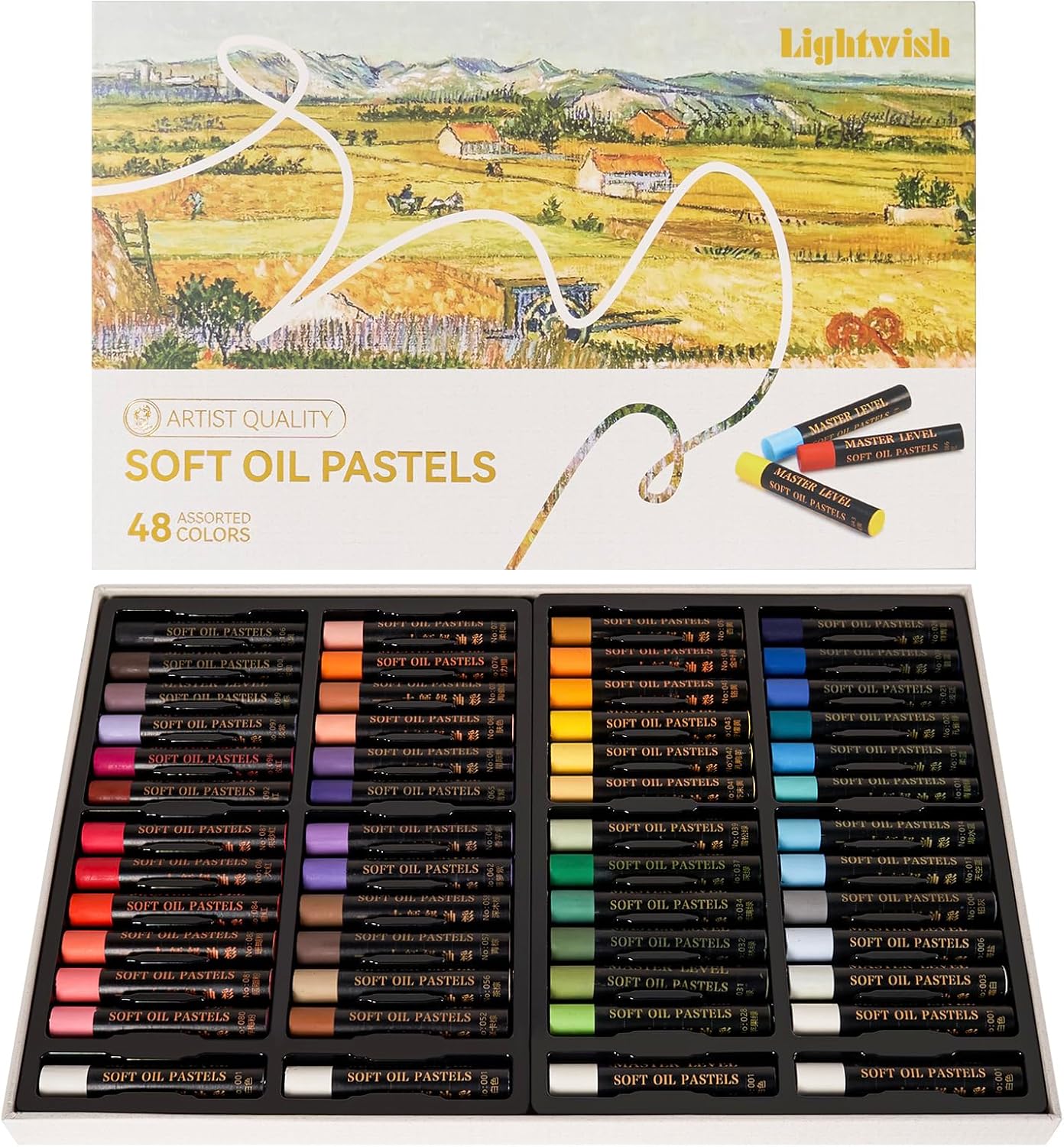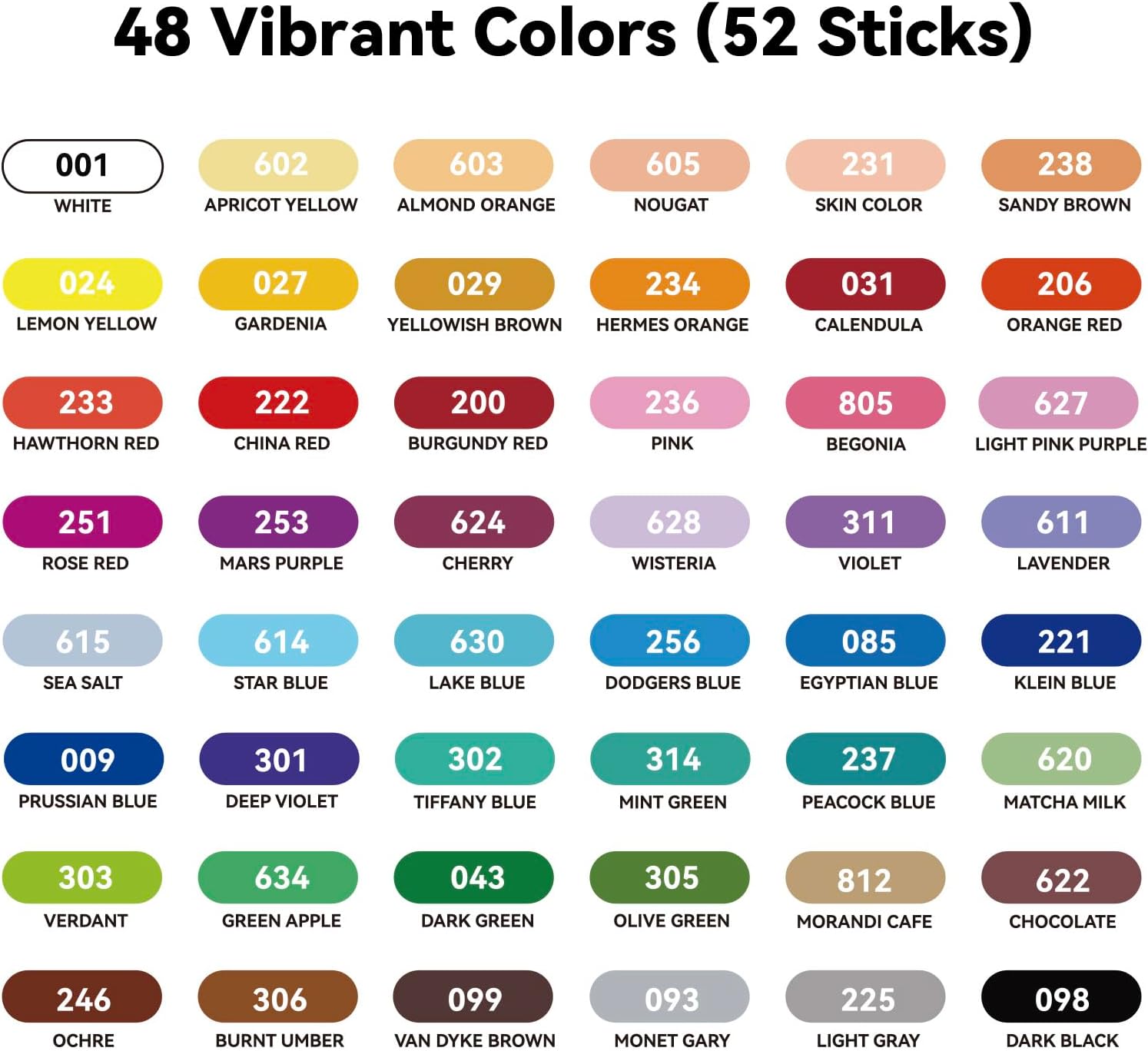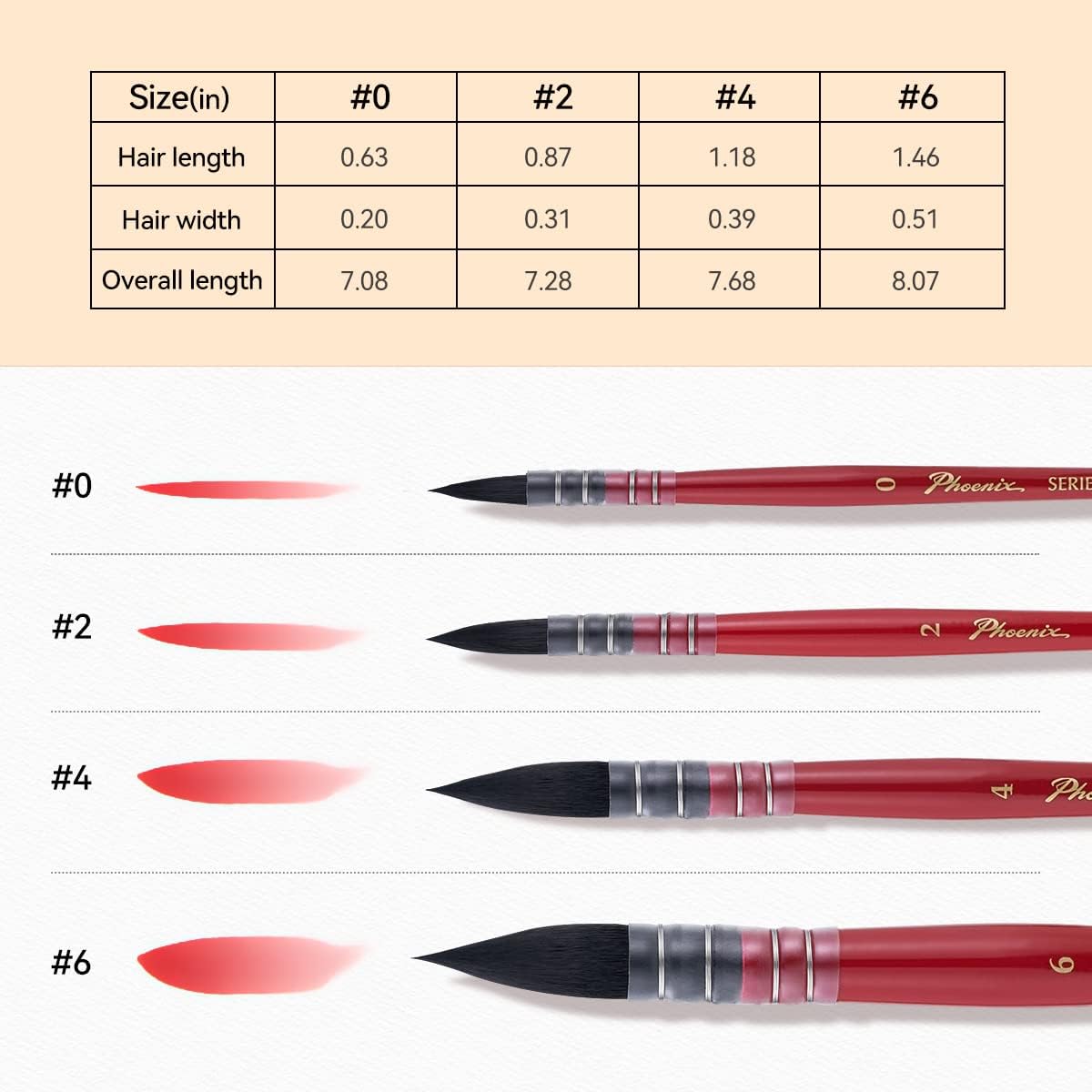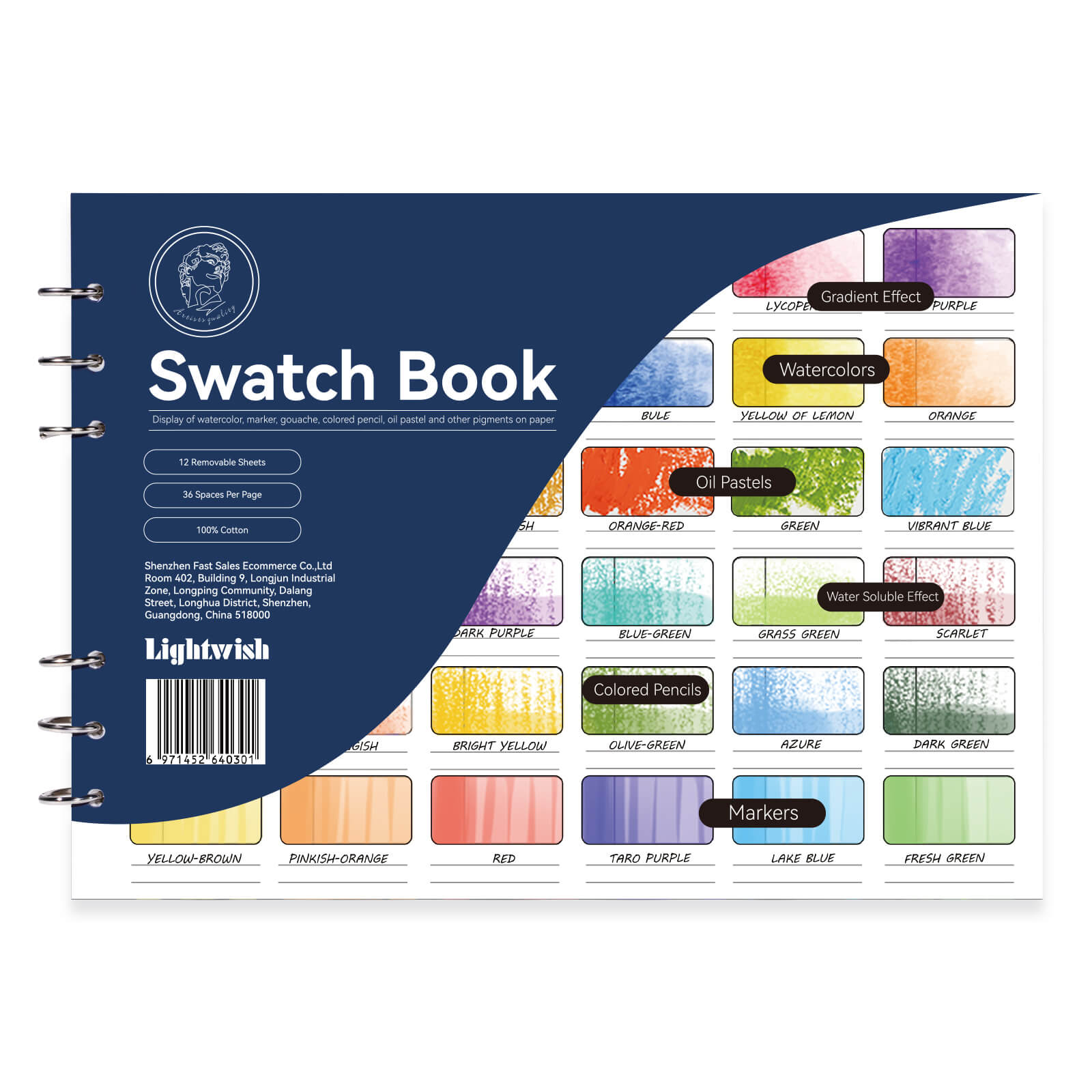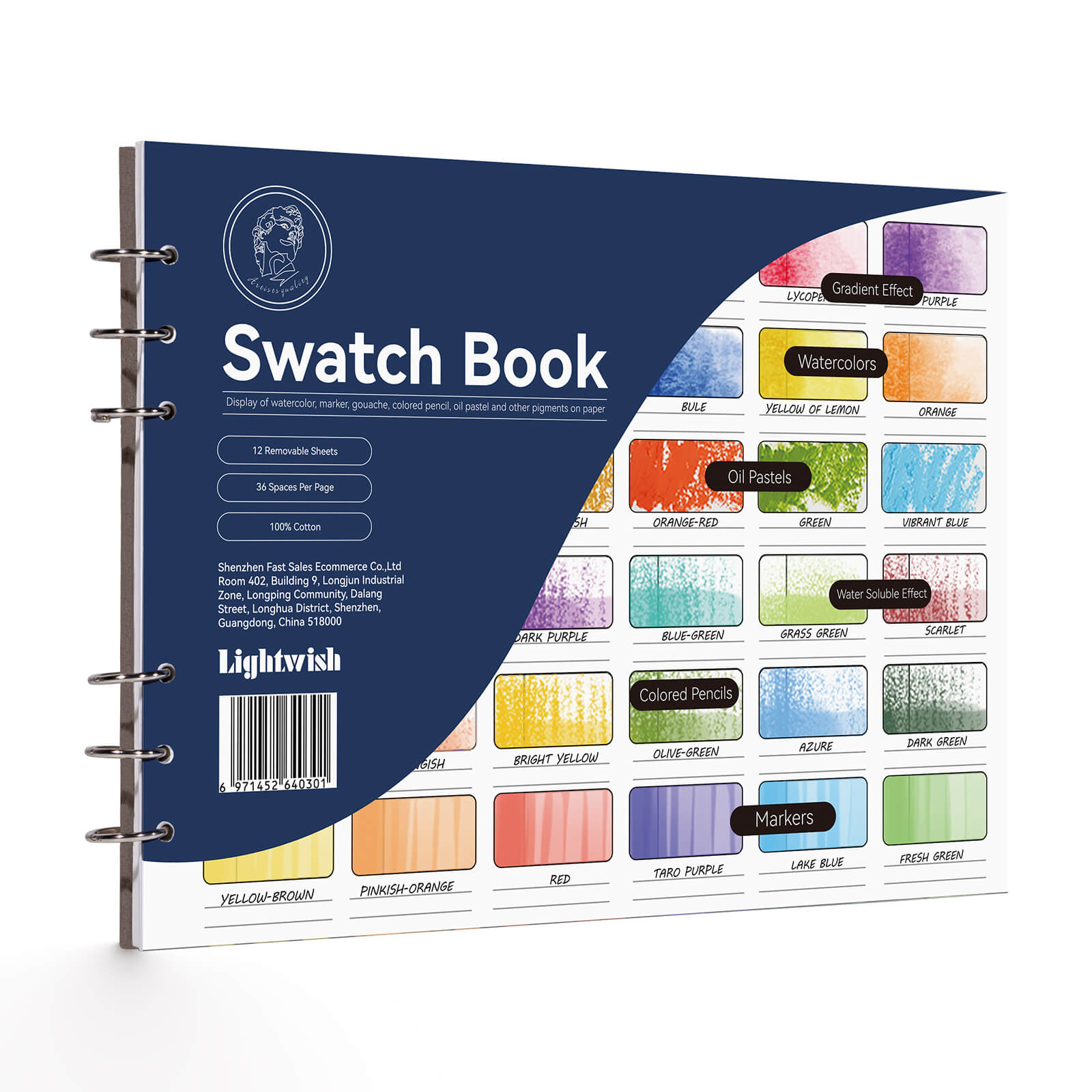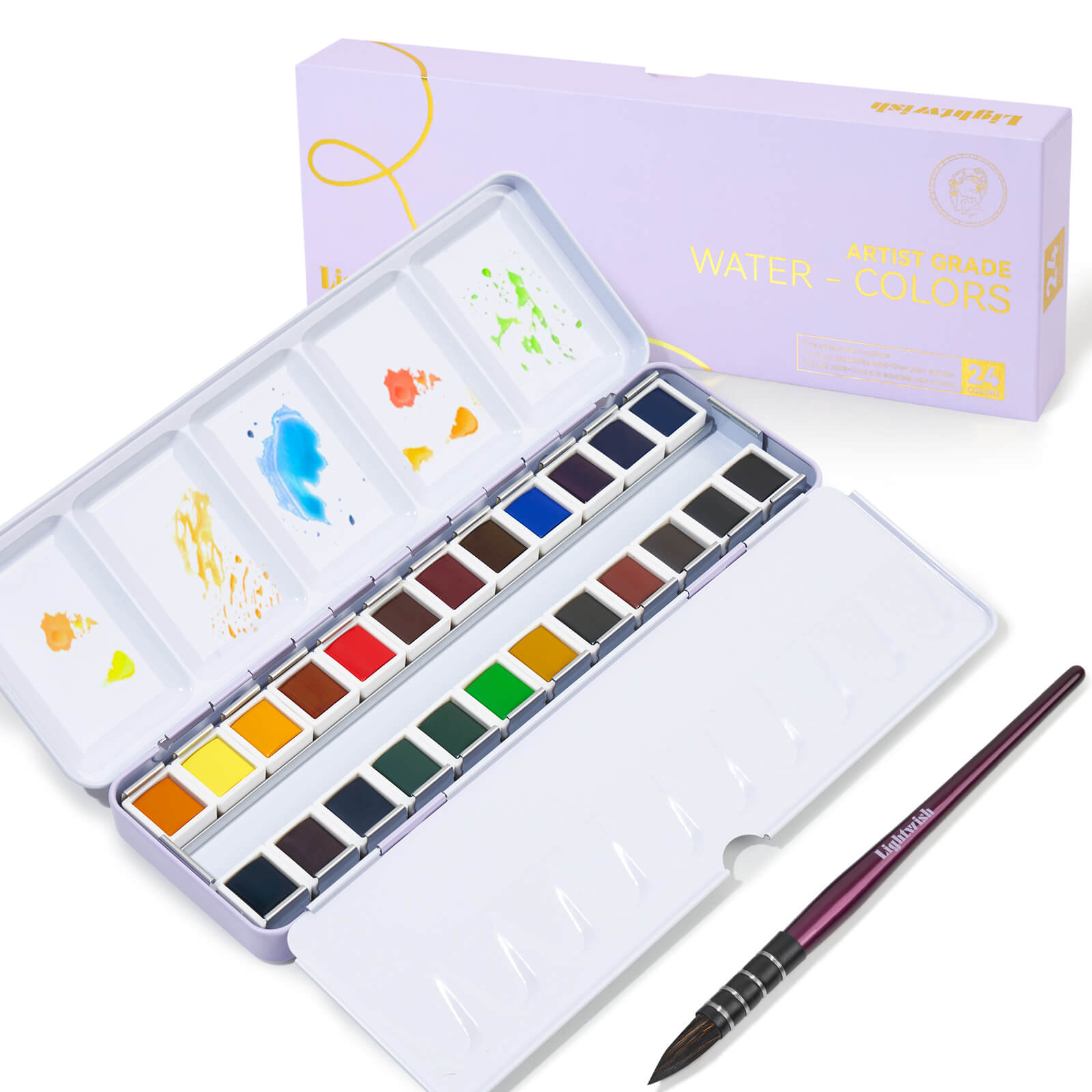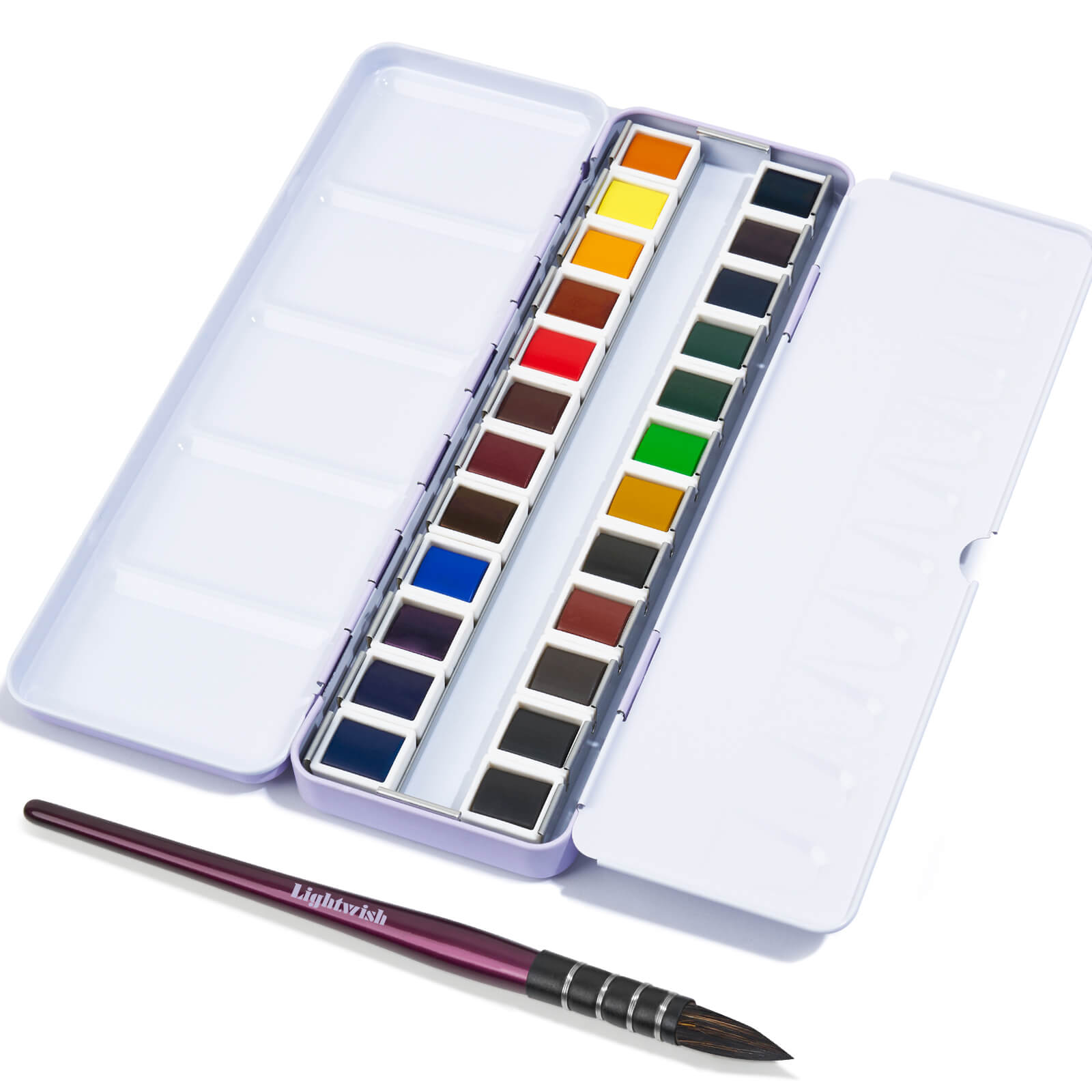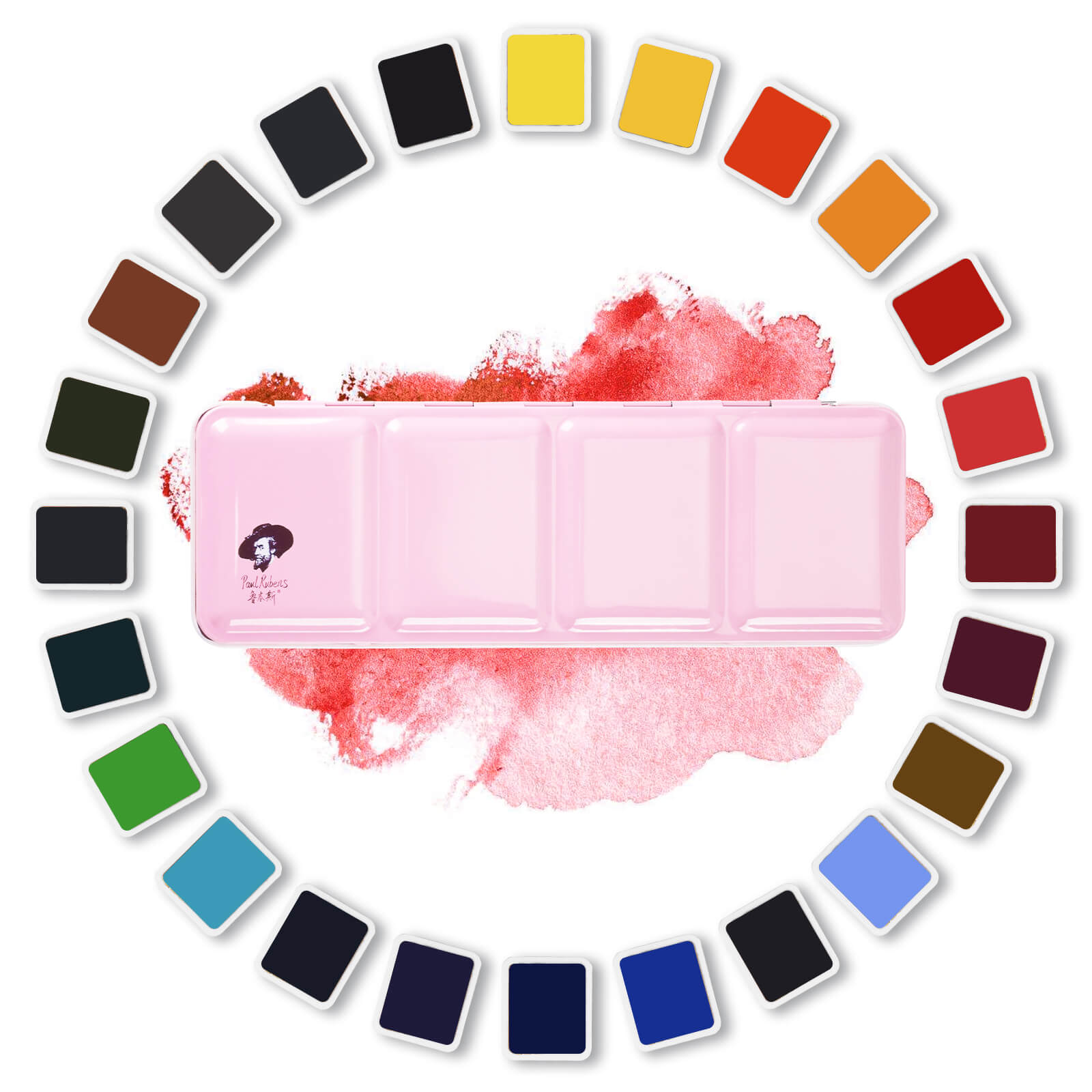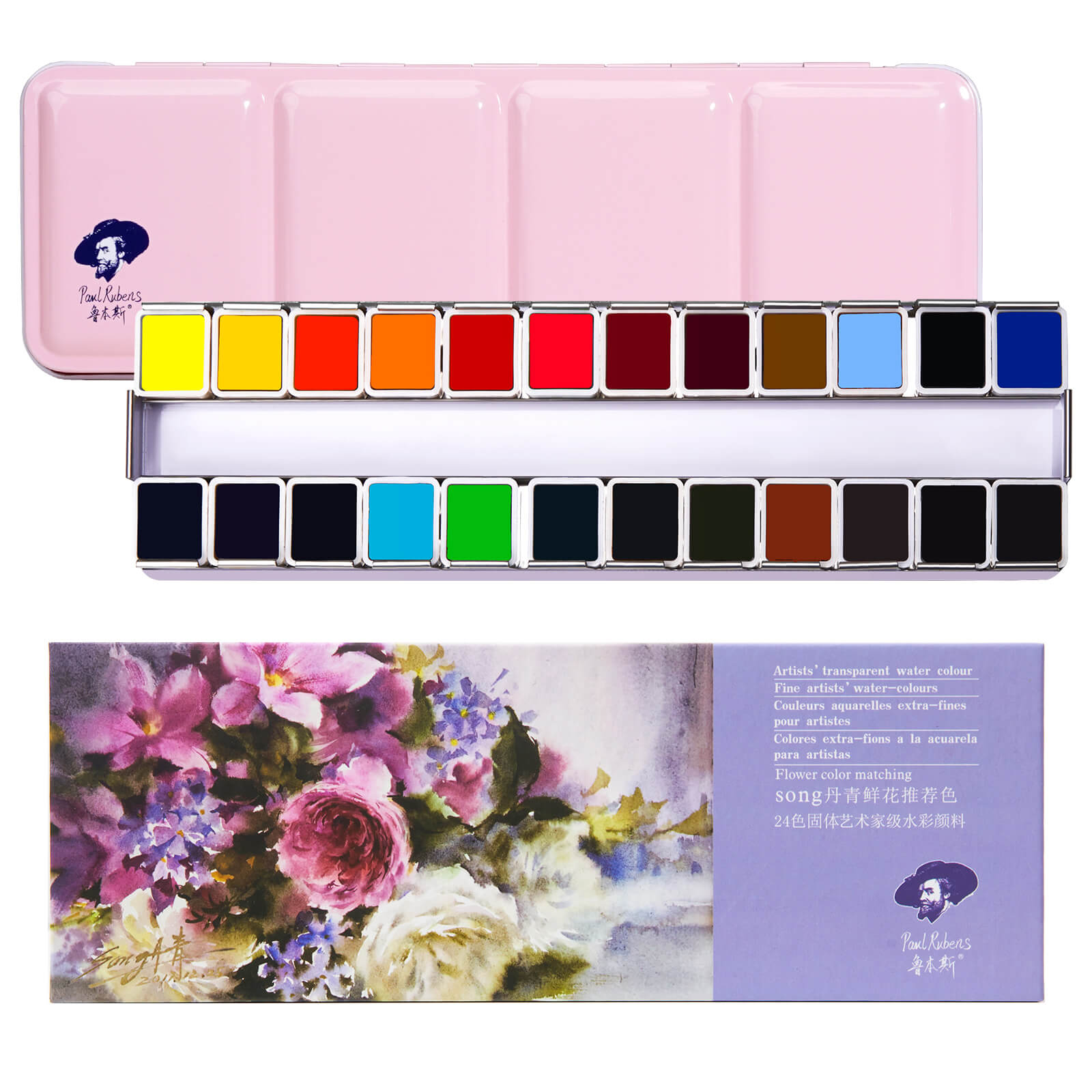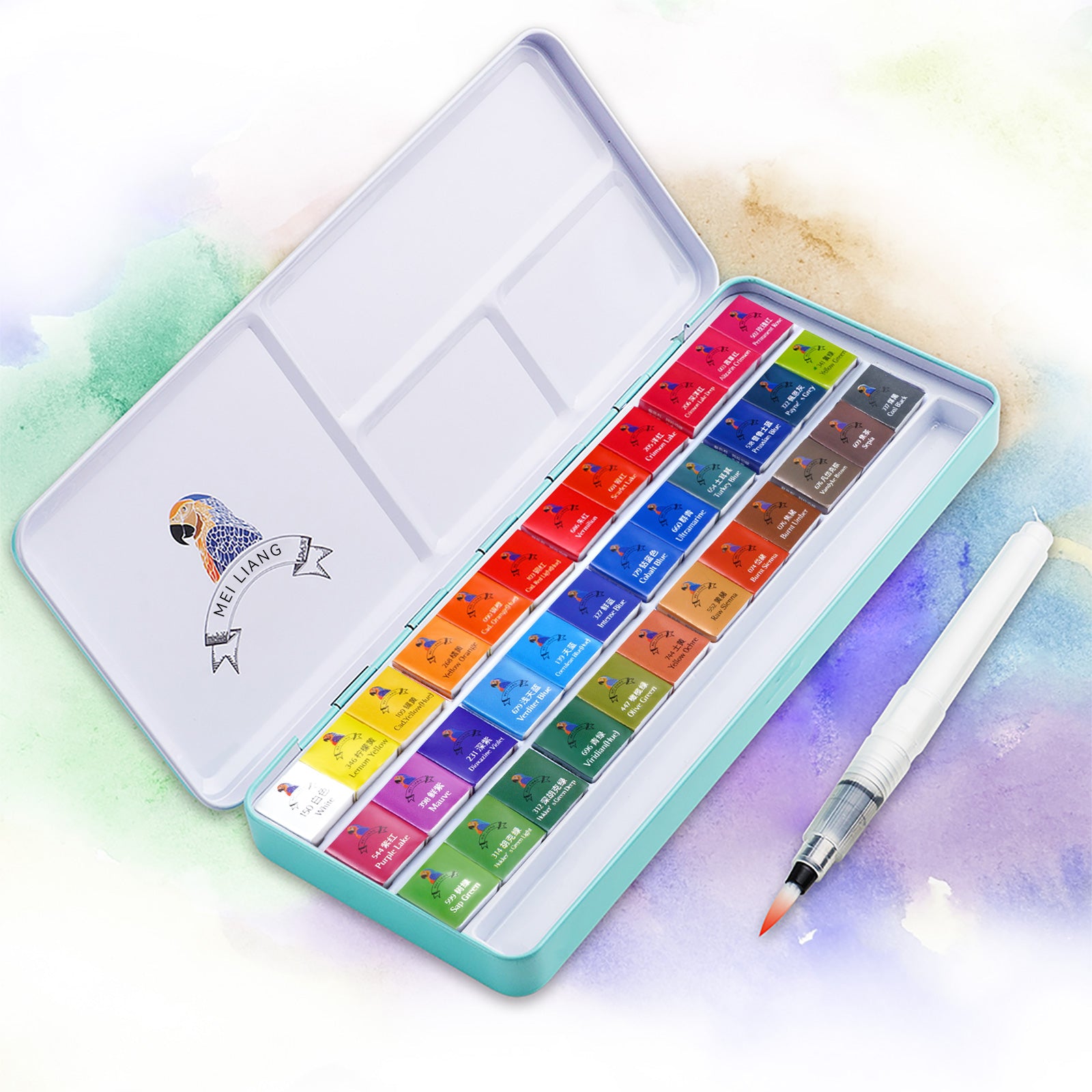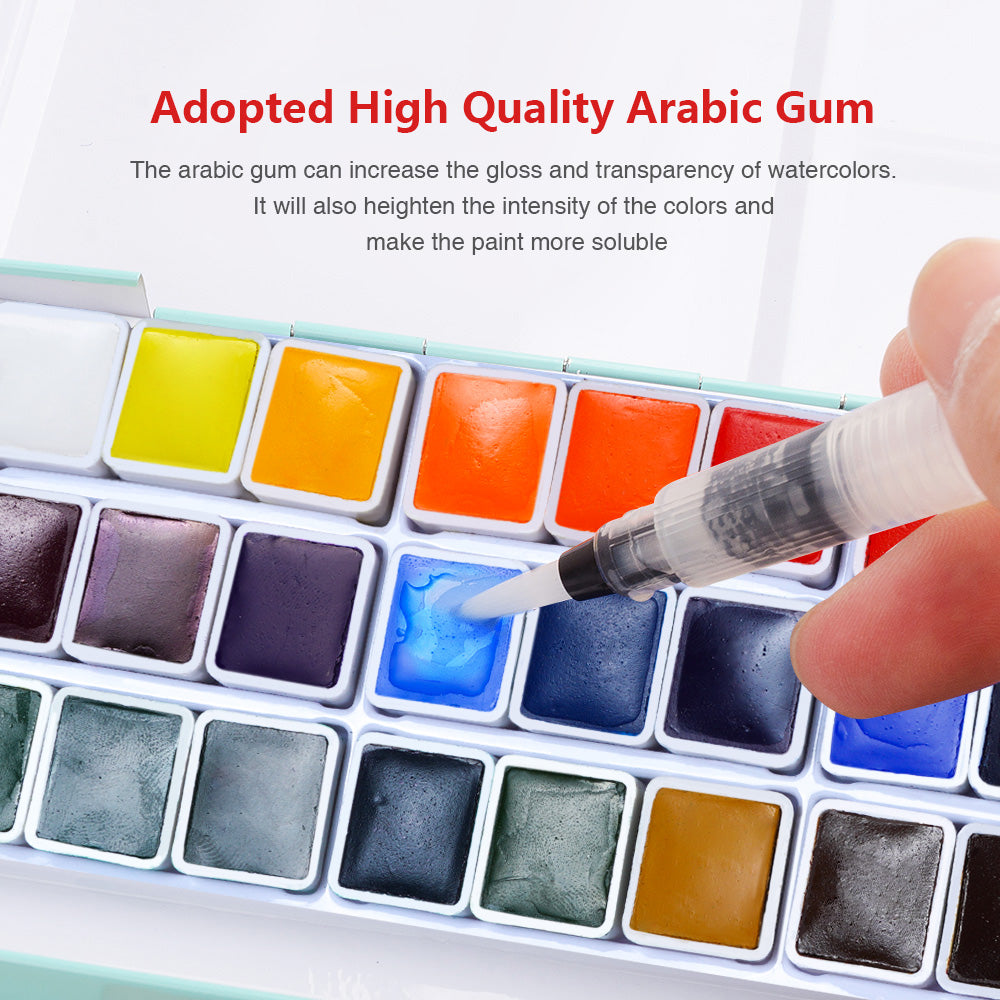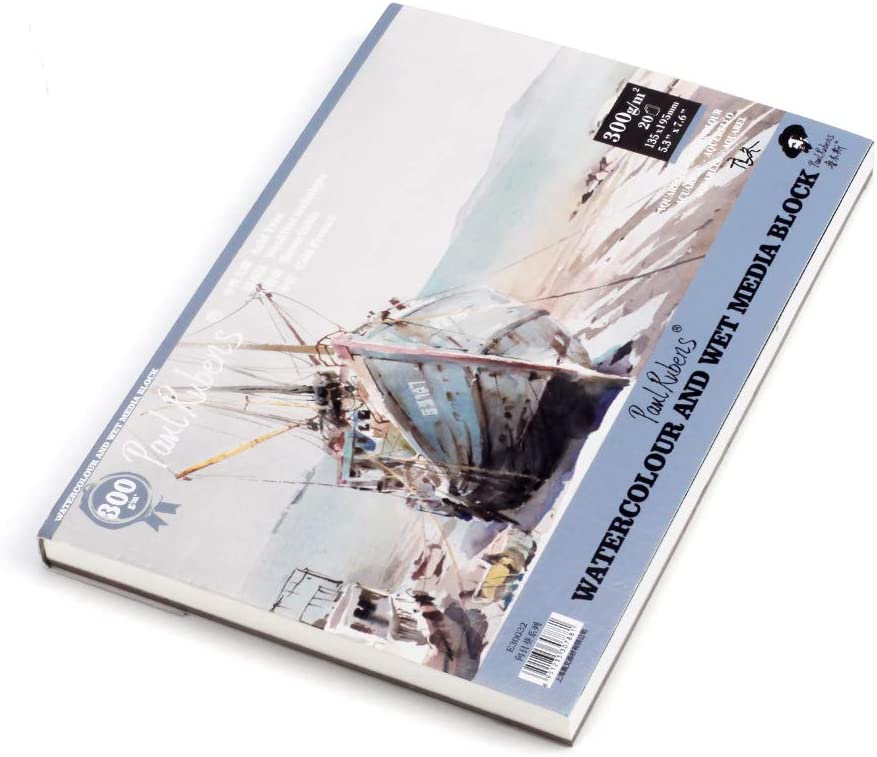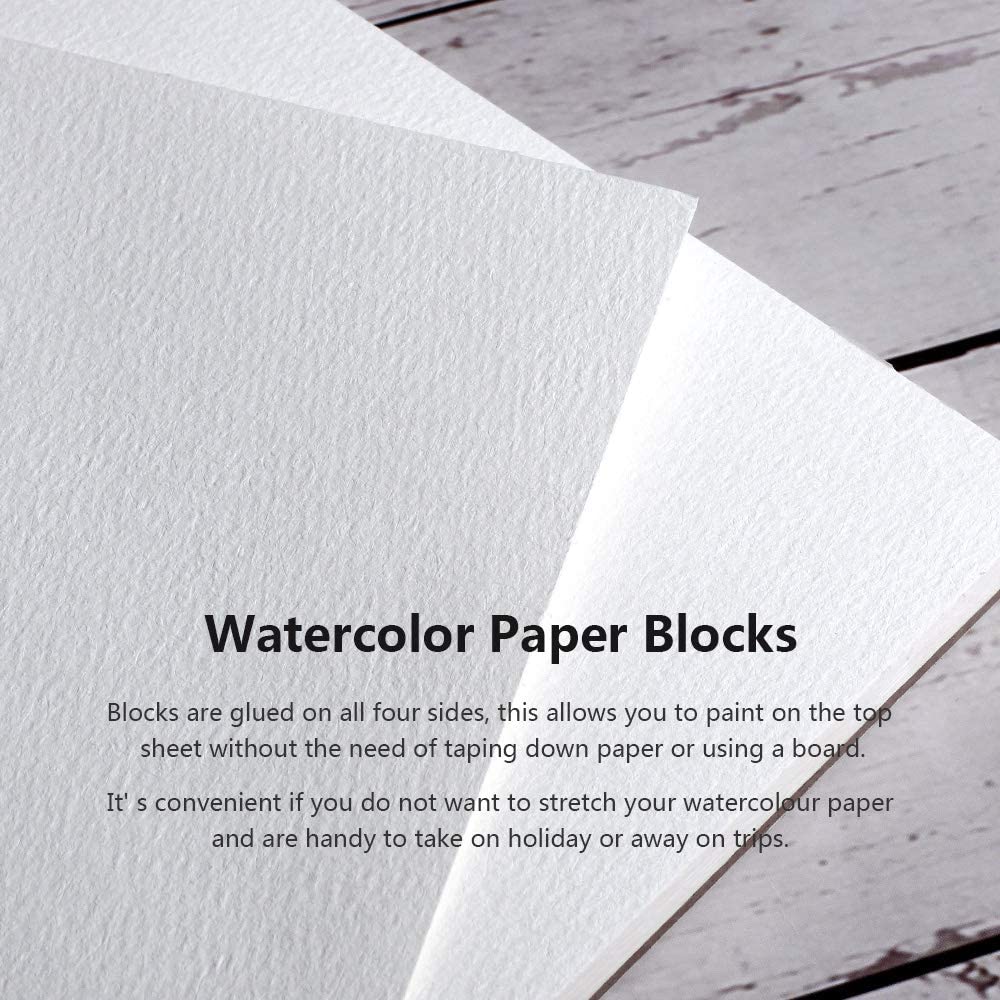Ever gazed at a stunning oil painting and wondered, "How do artists pull that off?" Sure, talent helps—but believe it or not, there are some tried-and-true guidelines that almost every oil painting masterpiece relies on. So, let’s roll up our sleeves and answer the age-old question: What are the three rules of oil painting? If you’re itching to know why these rules exist, how to use them, and how to break them (artistically, of course), you’re in the right place.
Grab your brushes, folks, because we’re about to delve into the heart of oil painting—without any of that boring textbook stuff. Whether you’re a total newbie or a weekend dabbler looking to level up your skills, this guide has got you covered. Ready to splash some color on that blank canvas? Let’s dive in!
1. The Golden Trio: What Are the Three Rules of Oil Painting?
Before you start mixing colors like a mad scientist, it pays to understand the "Holy Trinity" of oil painting rules. These aren’t random limitations—they’re survival tools, passed down from old masters who knew a thing or two about creating ageless art.
(1) Fat Over Lean
Ever tried painting over a wet layer, only to find cracks after it’s dry? This rule is your new BFF.
-
What does "Fat Over Lean" mean?
In oil painting, "fat" refers to paint with lots of oil in it, while "lean" means less oil. The rule says: Each new layer should be ‘fatter’ (oilier) than the one beneath. That’s because oil dries slowly. If a fast-drying (lean) layer sits atop a slow-drying (fat) one, you’re basically setting the stage for cracks—something that’ll make you sigh in despair later. -
Why’s this important?
Oil paint dries from the outside in. If you break this rule, your painting’s top layer may dry first, trapping wet oil underneath and eventually causing cracks and peels. -
How do you do it?
→ Start your underpainting (first layers) with paint thinned out with turpentine or another solvent—this makes them lean.
→ Each subsequent layer? Add a bit more oil medium (like linseed oil, stand oil, or walnut oil) as you go.
Quick Tips for "Fat Over Lean"
- Mix up a tiny amount of oil in each fresh layer.
- Don’t go overboard (think drops, not puddles!).
- Label your mediums if you’re forgetful like me.

(2) Thick Over Thin
Now, let’s talk texture—a big part of what makes oil paintings pop!
-
What does "Thick Over Thin" mean?
Imagine painting a chunky, impasto highlight on top of a delicate, thin wash. That thick paint needs to go on last! Always remember: Your thicker paint should sit above your thinner paint. -
Why is it a big deal?
Thin paint can dry fairly quickly and provides a stable base. If you put thin paint on top of a thick, wet base, it won’t stick right. That can lead to adhesion problems, cracks, or worse—paint sliding right off.
Bullet Points: Thick vs. Thin
-
Thin layers:
- Made with more solvent
- Ideal for blocking in large areas and underpainting
- Dry quickly
-
Thick layers:
- Packed with undiluted pigment or mixed with oil medium
- Great for highlights, texture, and finishing flourishes
- Dry slower but make your artwork look rich and lively
Insiders’ Cheat
If you love bold brushstrokes and texture, don’t jump the gun! Save your thickest, yummiest paint for those final flourishes—you’ll thank yourself later.

(3) Slow Drying Over Fast Drying
Last, but definitely not least, let’s talk drying times.
-
What’s the rule here?
You should always paint slower-drying layers on top of faster-drying ones. This is a cousin of the "fat over lean" principle, but it’s about how long each paint layer takes to dry. -
Why care about this?
Oil paint dries through oxidation, not evaporation. That means some colors and mediums dry faster than others. If a layer dries super slowly and you paint over it with a fast-drying color, the top will set before the bottom. Hello again, cracks!
Practical Examples
- Fast-drying: Umber, ochre, paints mixed with turpentine
- Slow-drying: Titanium white, paints mixed with lots of linseed oil
Tips to Keep in Mind
- Let each layer dry before adding the next (patience is a virtue).
- Test your paint with your finger—it should be tack-free before moving on.
- If in doubt, give it an extra day (or three)!

2. Why Do These Rules Matter So Much?
You’d be surprised! These three rules of oil painting aren’t just old-school tradition—they actually prevent heartbreak. Here’s why following them sets you up for more vibrant, longer-lasting paintings:
-
Cracking is the enemy.
Oil paintings are famous for their durability, but only if built right. These rules help your artwork age gracefully, without weird lines or flaking. -
Color stays rich.
When you layer properly, colors keep their pop and depth over time. -
You save time (and tears).
Trust us, nothing’s worse than working for hours only to see your hard work literally fall apart.

3. Breaking Down the Rules: Real-World Scenarios
Sometimes, hearing "rules" sounds stifling, right? But let’s face it—rules in oil painting are more like flexible guidelines. Here’s how they play out in the studio.
Scenario 1: The Enthusiastic Beginner
Sally grabs her favorite blue, smothers the canvas in thick, juicy paint, and puts watery, diluted paint on top.
Oops! The next week, the top layer peels.
Lesson learned: Start thin, finish thick.
Scenario 2: The Old Master Vibes
Carlos loves that "Rembrandt look," with chunky impasto highlights. He builds up in thin washes, lets them dry, then piles on buttery lights in the end.
Result? His painting looks lush, vibrant, and lasts for years.
Rule-following wins.
4. FAQs
(1) Do I really have to follow all three rules to the letter?
Not exactly! Once you understand why these rules exist, you can experiment and maybe even break them safely for unique effects. But if you’re aiming for a painting that lasts, stick to the basics—at least until you’ve mastered them.
(2) Can I speed up drying times to finish my painting quicker?
Absolutely—use fast-drying mediums (like alkyds) or certain pigments (like umber). You can also paint in thinner layers to speed things up. Just remember: don’t try to rush mother nature. Forcing things too much can come back to haunt you.
(3) What happens if I forget the rules and mess up one layer?
Don’t panic! You can often sand down a problem area, reapply a proper layer, and move on. Oil painting is pretty forgiving—as long as you don’t keep compounding the mistake.
(4) How do I know if my paint is "fat" or "lean"?
It’s all about the mix:
- Lean: More solvent, less oil
- Fat: Less solvent, more oil
Keep notes during your session so you remember what you used on each layer!
(5) What about acrylics—do these rules apply?
Nope! Acrylics dry differently and don’t rely on these fat/lean/thick/thin principles as strictly as oils. These rules are specific to the magical chemistry of oil paint.

Quick List: Three Oil Painting Rules at a Glance
When in doubt, pin this to your easel:
- Fat Over Lean: More oil as you go up
- Thick Over Thin: The juiciest paint comes last
- Slow Drying Over Fast Drying: The tortoise wins the race (at least on top!)
5. Extra Tips for Oil Painting Success
Following the three rules isn’t the only secret sauce. Here are a few off-the-wall yet indispensable tips for your journey:
-
Organization is your friend.
Keep your brushes, mediums, and paints handy and orderly. Less searching, more painting! -
Ventilation matters.
Oil painting can get stinky. Use mediums safely and work in a well-ventilated space. -
Clean as you go.
Nothing kills creativity faster than a crusty brush. -
Experiment!
Try different surfaces, mediums, and tools. Just remember the golden trio.
6. What Are the Three Rules of Oil Painting? Wrapping Up With a Flourish
So, when someone leans over your shoulder and asks, "What are the three rules of oil painting?", you’ll have a mic-drop answer ready:
- Paint fat over lean, thick over thin, and always let slow-drying layers sit on top.
But here’s the secret: it’s not about rigid formulas—it’s about crafting a durable, expressive, and deeply personal work of art. Once you’ve got the basics nailed down, the canvas is your playground.
Explore, experiment, and don’t be afraid to get your hands messy. After all, every masterpiece starts with one daring brushstroke. Happy painting, artist!
Ready to tackle your next oil painting armed with the wisdom of the old masters? Remember the three rules and watch your creativity soar. Who knows—you might just paint the next classic!

